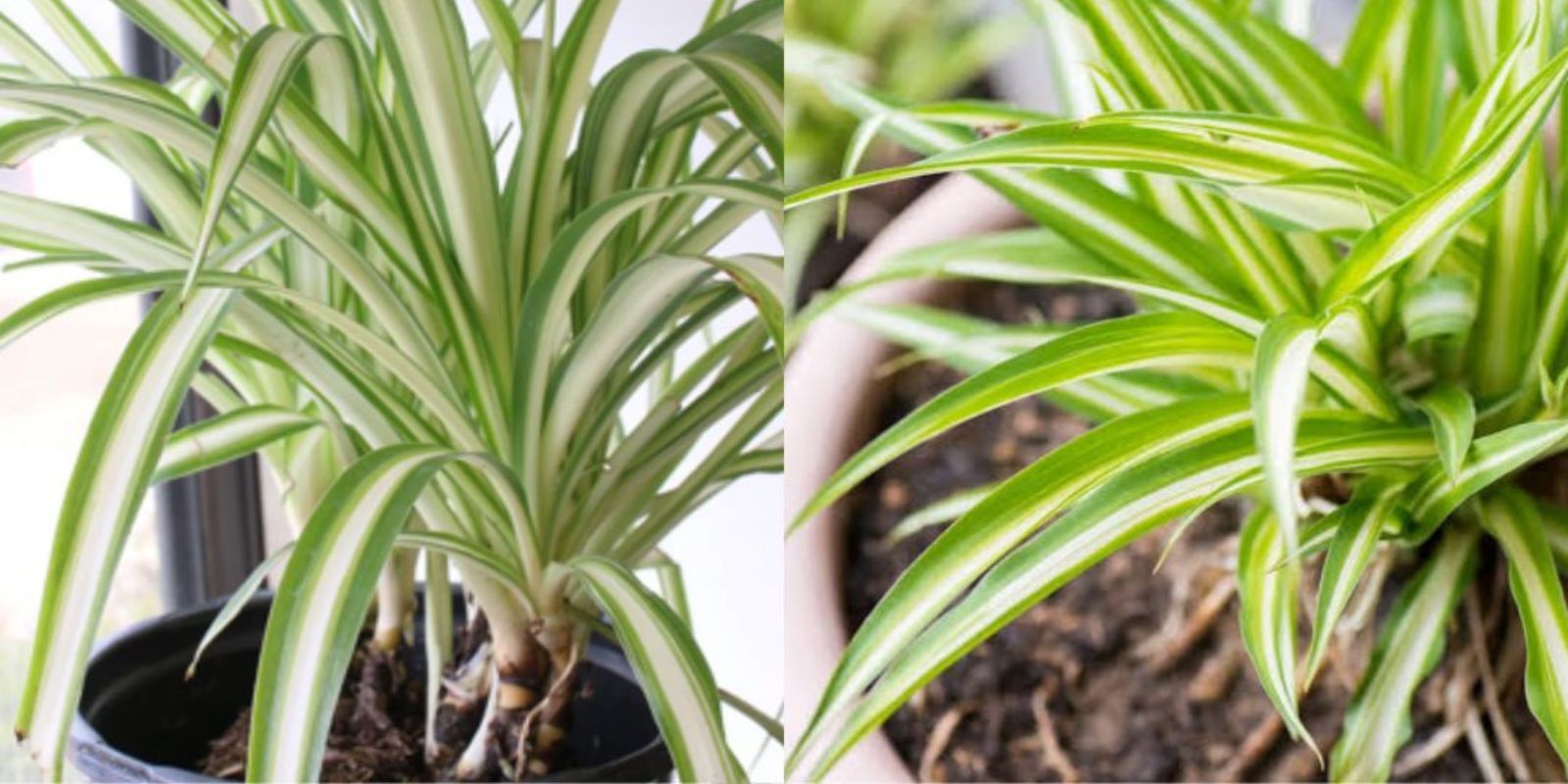Spider plants (Chlorophytum comosum) are among the most popular houseplants, prized for their lush green foliage and easy care. While their air-purifying properties are well known, many plant owners are surprised to learn that spider plants can also produce lovely, fragrant flowers. These delicate blooms not only add charm to your home but also emit a subtle, sweet fragrance that can enhance the ambiance of any space. If you’re wondering how to encourage your spider plant to bloom, this guide will take you through every step to achieve those gorgeous flowers.
Why Do Spider Plants Bloom?
Spider plants are resilient, but their flowering depends on a combination of factors such as light, water, nutrients, and overall care. When conditions are optimal, the plant channels its energy into producing blooms, typically on long, arching stems called stolons. These flowers are a sign of a healthy and happy plant, and with the right care, you can enjoy them year after year.
7 Steps to Make Your Spider Plant Bloom
1. Provide the Right Light
Light is one of the most critical factors in encouraging your spider plant to bloom. Spider plants thrive in bright, indirect light. Position them near a window with filtered sunlight or in a well-lit room. Direct sunlight can scorch the leaves, while insufficient light may hinder blooming. A north- or east-facing window is ideal.
If natural light is limited, consider using a grow light to supplement. The extra light exposure mimics the plant’s natural environment and can encourage flower production.
2. Water Correctly
Proper watering is essential for maintaining your spider plant’s health. Spider plants prefer soil that is moist but not soggy. Follow these watering tips:
- Check soil moisture: Allow the top inch of soil to dry before watering again. Overwatering can lead to root rot, while underwatering can stress the plant.
- Use room-temperature water to avoid shocking the roots.
- Avoid tap water with high chlorine or fluoride levels. If possible, use filtered or rainwater.
Consistent watering helps the plant focus its energy on growth and flowering rather than survival.
3. Fertilize Regularly
To encourage blooming, your spider plant needs extra nutrients. Fertilize it with a balanced, water-soluble fertilizer (like a 10-10-10 formula) during the growing season (spring and summer). Here’s how to do it:
- Dilute the fertilizer to half strength to avoid over-fertilizing, which can damage the roots.
- Apply fertilizer every 4–6 weeks during the growing months.
- Avoid fertilizing in fall and winter when the plant enters dormancy.
Providing the right nutrients ensures the plant has enough energy to produce flowers.
4. Maintain Ideal Temperature and Humidity
Spider plants thrive in temperatures between 65–75°F (18–24°C). They are sensitive to sudden temperature changes, so avoid placing them near drafty windows, air conditioners, or heaters.
Humidity also plays a role. Spider plants prefer moderate humidity levels. If your home is particularly dry, use a humidifier or place a tray of water near the plant to increase moisture in the air.
5. Repot When Necessary
Spider plants grow quickly and can become root-bound, meaning their roots outgrow the pot. While they can tolerate being root-bound, excessive crowding can prevent blooming. If you notice roots poking out of the drainage holes or circling the pot, it’s time to repot:
- Choose a pot that is 1–2 inches larger in diameter than the current one.
- Use a well-draining potting mix, such as one designed for houseplants.
- Repot in spring to give the plant time to adjust during the growing season.
Repotting provides the plant with more space and nutrients, encouraging healthier growth and blooms.
6. Prune and Tidy
Regular pruning not only keeps your spider plant looking neat but also redirects its energy toward flowering. Remove:
- Dead or yellowing leaves to improve the plant’s appearance.
- Old stolons (flowering stems) if they no longer produce flowers or plantlets.
Pruning helps the plant stay healthy and focus its resources on producing new flowers and leaves.
7. Lightly Stress the Plant
Spider plants sometimes need a little stress to encourage flowering. Try the following techniques:
- Allow the soil to dry out slightly more than usual before watering again.
- Move the plant to a slightly brighter location (but not direct sunlight).
These small stresses can signal the plant to reproduce, resulting in the production of flowers.
Common Challenges and Solutions
No Blooms?
If your spider plant isn’t blooming despite your best efforts, consider these troubleshooting tips:
- Light: Ensure the plant is getting enough indirect light.
- Fertilizer: Avoid over-fertilizing, as excess nutrients can lead to lush foliage but no flowers.
- Age: Younger plants may not bloom until they mature.
Pests and Diseases
Spider plants are generally hardy, but pests like spider mites or aphids can weaken them. Regularly check the leaves and stems for signs of pests, and use insecticidal soap if necessary.
Benefits of a Blooming Spider Plant
Beyond their aesthetic appeal, spider plants are excellent air purifiers. Blooming plants often produce small plantlets, which you can propagate to grow new spider plants. These baby plants are perfect for sharing with friends or expanding your indoor garden.
The sweet fragrance of the flowers adds an extra dimension to your home, creating a calming and refreshing atmosphere.
Tips for Long-Term Care
- Rotate the plant every few weeks to ensure even growth.
- Wipe the leaves with a damp cloth to remove dust and improve photosynthesis.
- Monitor for any signs of stress, such as browning tips, and adjust care as needed.
Conclusion
With the right care and attention, your spider plant can become a blooming masterpiece, adding beauty, fragrance, and vitality to your home. By following these steps—providing proper light, watering correctly, fertilizing, and maintaining the ideal environment—you can encourage your spider plant to thrive and produce stunning flowers.
💬 What’s your secret for keeping spider plants happy? Share your tips and experiences below! Let’s grow together. 🌿

